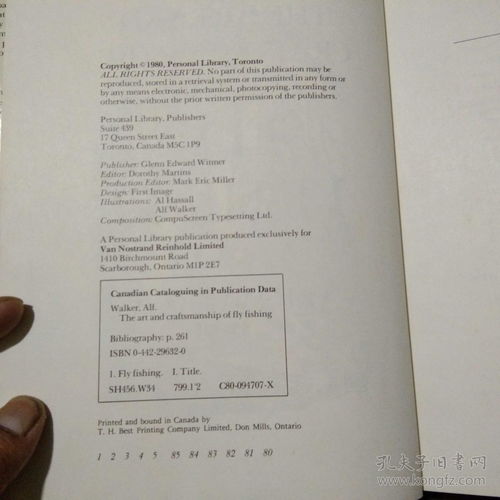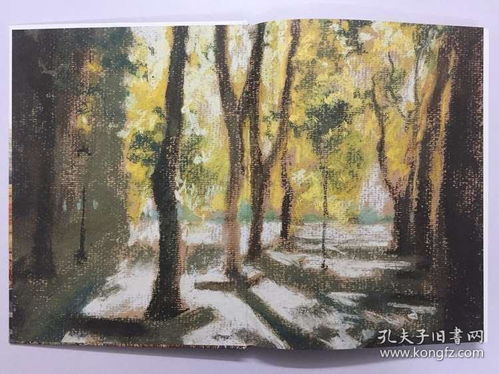Introduction: Fly fishing, an ancient and enchanting method of angling, has been captivating anglers for centuries. With its intricate techniques and meticulous preparation, fly fishing requires patience, skill, and precision. One of the most crucial aspects of fly fishing is learning how to properly tie a hook. This article will provide you with a comprehensive guide on the essential steps and techniques to master the art of hook tying in fly fishing.
Choosing the Right Hook: Before diving into the process of tying a hook, it is important to select the appropriate hook for your target species and fishing conditions. Hooks come in various sizes, shapes, and materials, each designed for specific purposes. Research and choose the right hook that suits your fishing needs.
Gathering the Necessary Materials: To tie a hook, you will need the following materials:
- A fly fishing rod and reel
- A fly line
- Leaders and tippets
- Hooks
- Fly tying materials (e.g., thread, hackle, eyes, beads, etc.)
- Fly tying tools (e.g., vise, scissors, needle, etc.)
Attaching the Hook to the Vise: Place the hook into the vise securely, ensuring that the point of the hook is facing upwards. The vise will hold the hook in place throughout the tying process.
Attaching the Thread: Take a length of thread and pass it through the eye of the hook. Make sure the thread is taut and lies smoothly on the hook shank. Wrap the thread around the hook shank a few times to create a base for the fly construction.
Forming the Tag End: To create the tag end, wrap the thread back towards the eye of the hook. This tag end will be used to secure the fly materials in place.

Attaching the Fly Materials: Now, it's time to add the fly materials to the hook. The specific materials depend on the type of fly you are tying. Here are some common fly materials and their attachment methods:
a) Hackle: Hackle is commonly used to create the body and tail of a fly. Cut a strip of hackle and place it along the thread, ensuring it is even and parallel to the hook shank. Wrap the thread around the hackle several times, securing it in place.
b) Eyes and Beads: Eyes and beads are often used to add weight and enhance the fly's appearance. Attach them to the thread using a series of wraps, ensuring they are securely fastened.
c) Legs: Legs, such as deer hair or marabou, are used to create the legs of a fly. Attach them to the thread using a series of wraps, positioning them evenly around the hook shank.
Finishing Touches: Once the fly materials are attached, it's time to make the final touches. Here are a few essential steps:
a) Whipping the Thread: After securing the fly materials, take the thread and wrap it around the hook shank several times, creating a whip finish. This will help prevent the thread from unraveling over time.
b) Cutting the Tag End: Once the thread is whipped, carefully cut the tag end close to the whipping, leaving a small tail.
c) Applying Head Cement or Head Paint: To add durability and enhance the appearance of the fly, apply head cement or head paint to the whipped thread. This will also help secure the fly materials in place.
Conclusion: Tying a hook is a fundamental skill in fly fishing, and mastering it will greatly enhance your angling experience. By following the steps outlined in this article, you will be well on your way to becoming a proficient fly fisherman. Remember, practice makes perfect, so don't hesitate to experiment with different fly patterns and techniques. Happy fishing!












